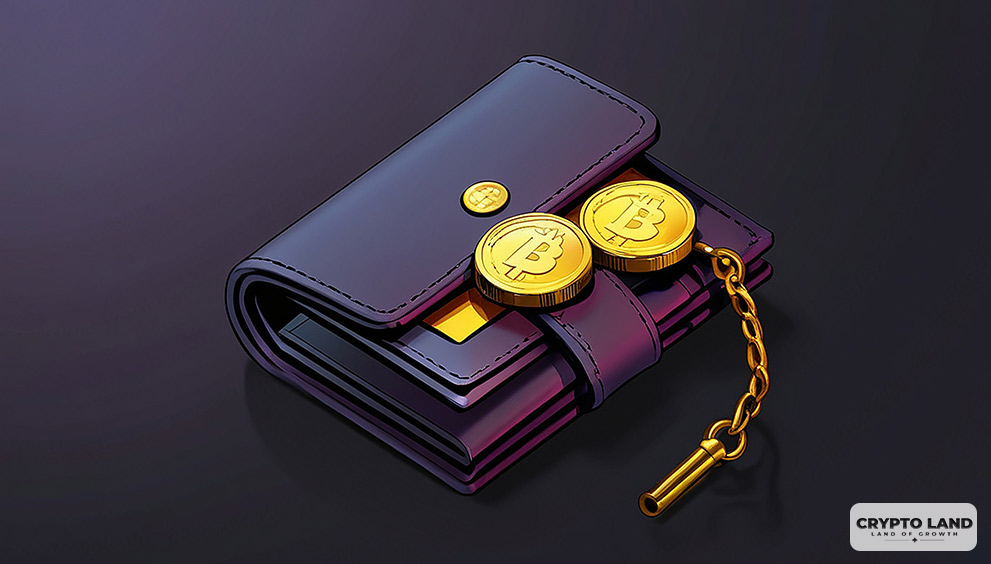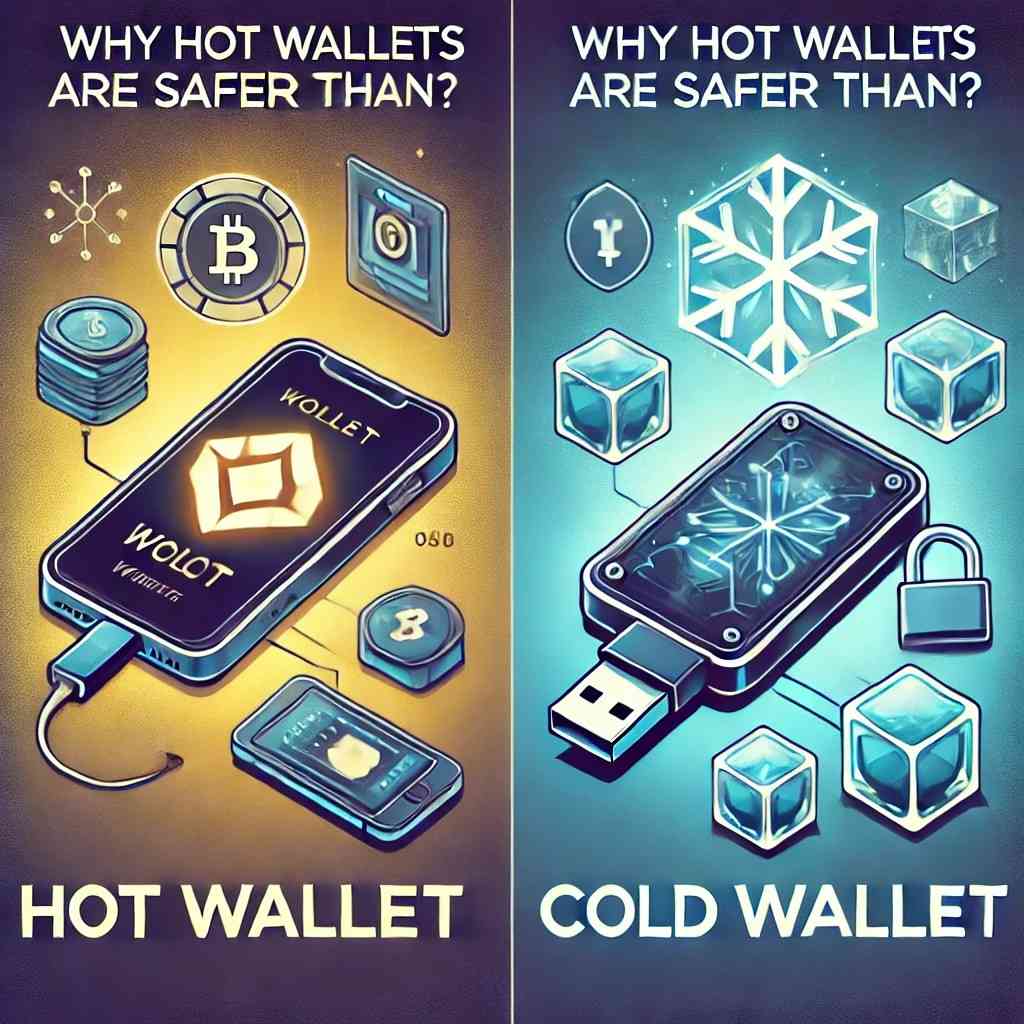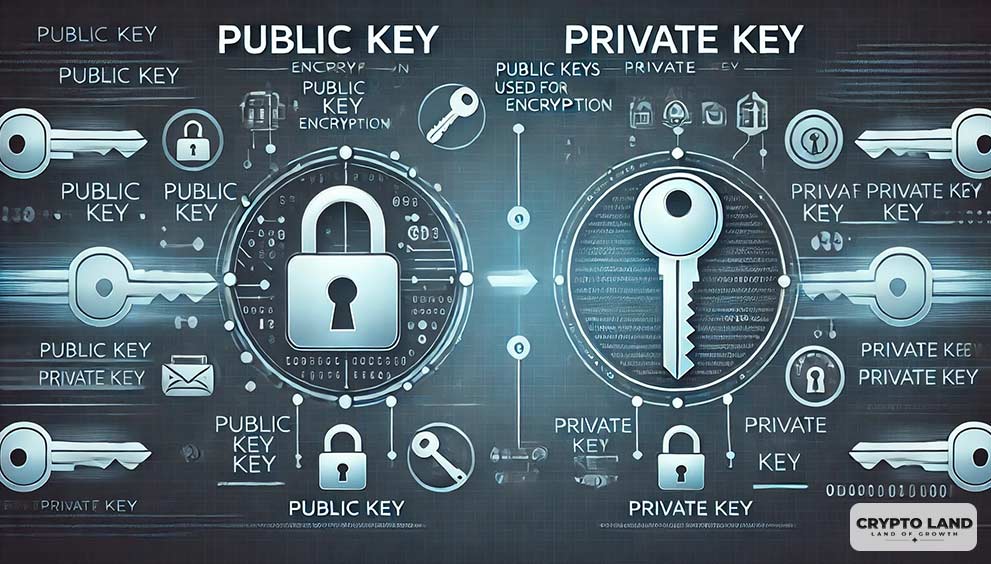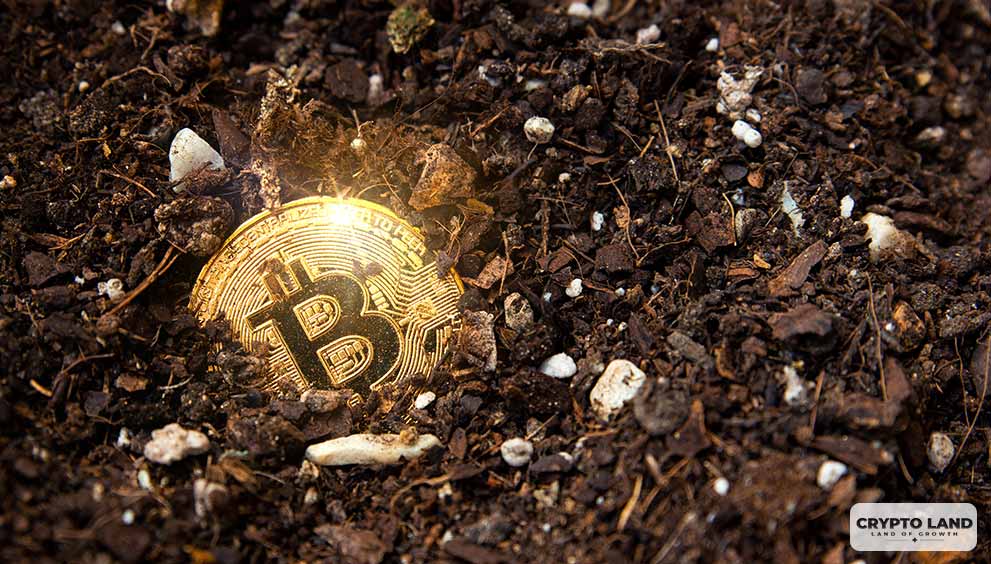What Is a Cold Wallet in Cryptocurrency?
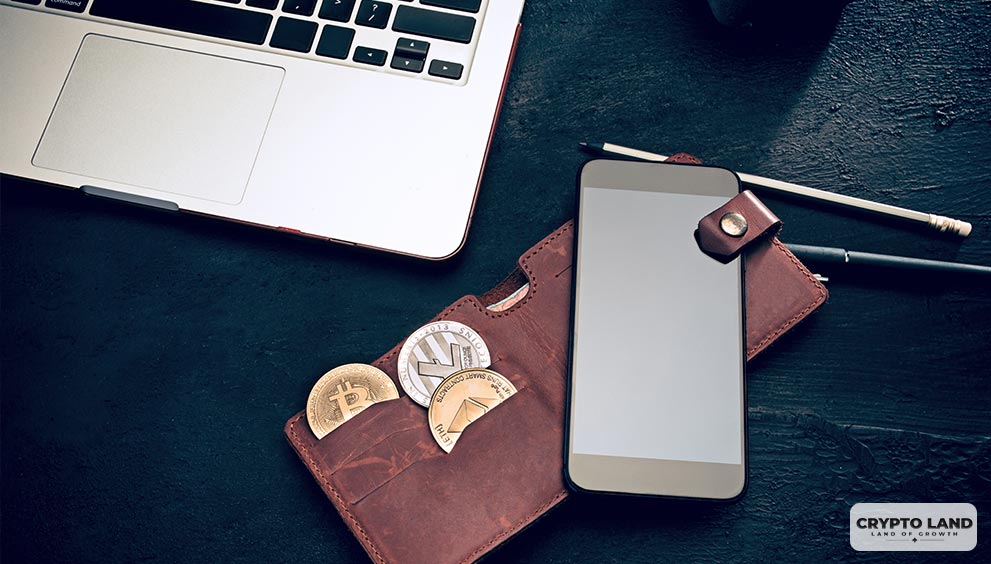
Cold wallets or hardware wallets are crypto wallets that are detached from the internet and can only be accessed when needed. They store private keys so that hackers can’t steal or compromise them. Cold wallets are further categorised into paper wallets, hardware wallet wallets, and deep storage cold wallets.
In this article, we will try to understand the concept, working, types, safety tips and will also see the top cold wallets.
Why Is a Cold Wallet Necessary?
A cold wallet is usually detached from the internet or any internet-based device. This makes it difficult for hackers to access your private keys, and hence, they cannot steal the crypto even if they have all the technology in the world.
It is necessary to understand that cryptocurrencies never exist inside any wallet. Unlike cash, all cryptocurrencies exist only in their respective blockchain addresses. We keep the private keys of a blockchain address inside a cold wallet, which allows us access to these addresses.
Hence, when a private key is secured inside a cold wallet and disconnected from the internet, no one can get access to your blockchain addresses. Due to this one significant feature, cold wallets are the most preferred way to store cryptocurrencies for individuals and institutions.
Types of Cold Wallets
Several types of cold wallets exist in the world of crypto based on how they are used. Our article lists three types of commonly used cold wallets.
-
Paper Wallet
Paper wallets are just a sheet of paper or, for the sake of fancy, metal with the recovery phrase to your wallet written on it. Often, they also have a QR code, which you must scan to sign a transaction.

A passkey phrase is a set of words designed so that when they are hashed, the result obtains your private keys.
These paper wallets can be used by inserting the passkey phrases or by scanning the QR code.
However, these wallets are easy to crack if someone even clicks their photograph. They can give you much more trouble than any hot wallet if not carefully stored.
-
Ordinary Cold Wallets
These are the ordinary and most commonly available cold wallets. Most are available for less than $100, but at a higher price, they can be pretty sophisticated.
The most common concern beginners have with these hard wallets is what happens if the device gets broken. In such a case, the recovery phrase you created during your wallet setup can be used to restore your wallet before you get a new piece of hardware. All your crypto is still safe in the same way that it has been.
Common cold wallets are Ledger Nano X, Ellipan Titan, Safepal and Trezor.
-
Deep Storage Cold Wallets
These are institutional-grade cold wallets used by large crypto custodians like crypto ETF trusts, asset managers, crypto custodians, exchanges and various other projects.
Usually a very small fraction of assets, say 10%, are kept in hot wallets for routine transactions and the rest are stored inside these cold wallets. Hence, they are known as deep storage cold wallets.

Understanding How Cold Wallets Work
Cold wallets work in a very simple manner. A blockchain address, where the cryptocurrencies exist, can only be assessed through a private key. This keys are stored inside the cold wallets.
When the wallet is not in use, it is kept in an air gapped way so that there is no internet access for the wallet. When the wallet is required for some transaction, they are brought online for just a few seconds, enough to sign a transaction and are then again kept in the air gapped state.
Hot Wallet vs Cold Wallet
A hot wallet is a very different type of wallet where private keys are stored inside a software that is always available online. Such wallets are convenient for daily usage and are used for small transactions.
Opposite to cold wallets, it is relatively easier for hackers to access this wallet. Therefore, most of the hacks that ever take place, mostly happen in the case of hot wallets. A few such hacks were WazirX exchange hack, Gala Games, Pump.fun and many others.
Some examples of hot wallets include MetaMask, Trust and Guarda wallets.
Precautions To Follow While Using a Cold Wallet
Despite being much safer than hot wallets, cold wallets can also be compromised.
This usually happens because of the owner’s carelessness with the private keys. Often private keys are stored inside photographs, online drives, on a piece of paper, etc. Hence, safekeeping of keys is of high essence even in the case of cold wallets.
Another way cold wallets are hacked are through compromised devices infected with malware. Malwares like Atomic Stealer and Cthulhu are specifically designed to steal crypto wallet softwares and often disguise themselves as other softwares.
Also read : How To Report Stolen Cryptocurrency?

Crypto Land is an impartial marketing and educational platform, not a financial advice service. Therefore any content provided, hosted, or expressed by Crypto Land does not constitute financial advice or recommendation, and as such Crypto Land will not be liable for any losses incurred during trading or investing.

















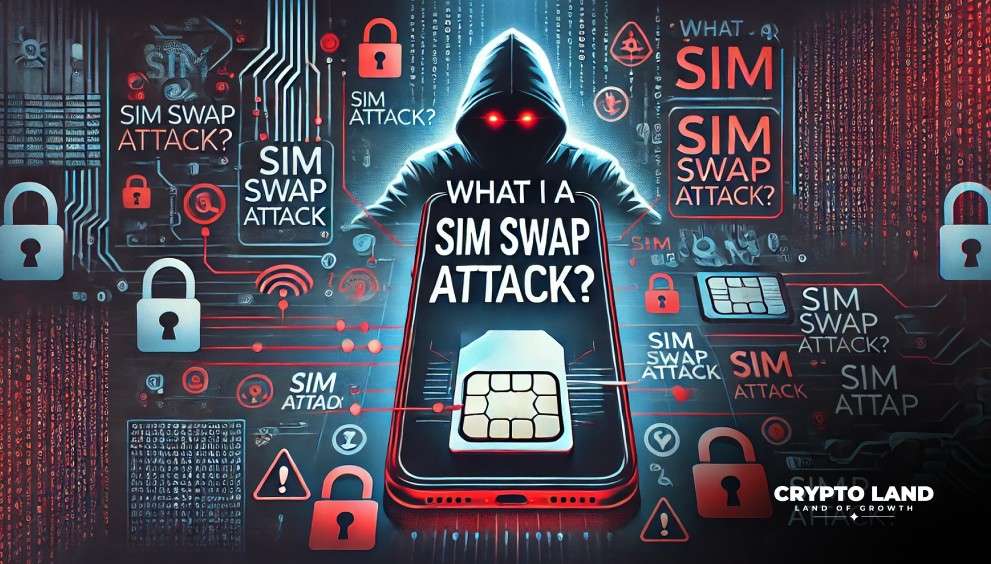






![Top Altcoins in October [2024] You Should Look Out For 23 Top Altcoins in October [2024] You Should Look Out For](https://cryptolandoff.com/wp-content/uploads/2024/10/Top-Altcoins-in-October-2024-You-Should-Look-Out-For.jpeg)








